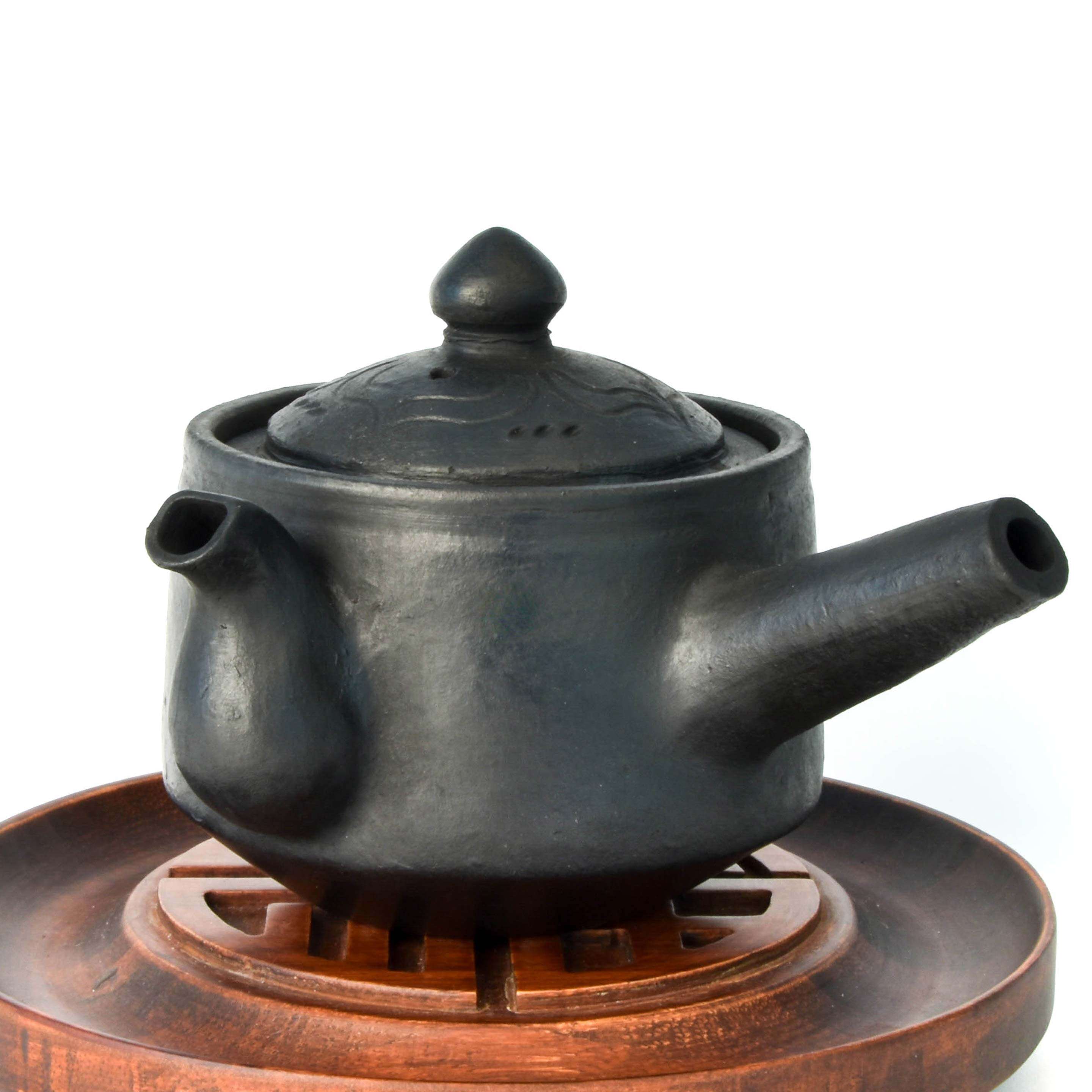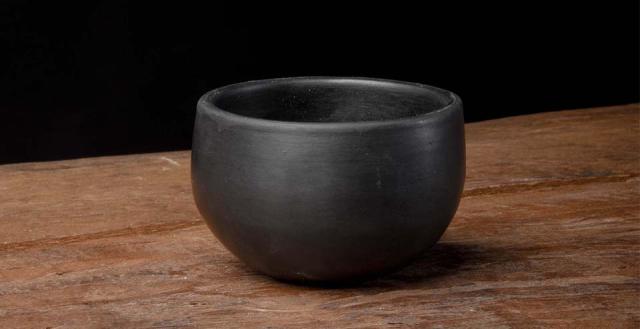filters :
out of stock






Seventh-Generation Master Dangzhen Pichu hand sculpts every one-of-a-kind piece, blends his own clay foraged from the mountains of Nixi, and fires each piece in traditional outdoor bonfires. Learn more >>
The ancient aesthetic of this 2000 year tradition is a rustic style with unique elements - from surface crackling and swirls of silvery patina to pitting and rough texture in the coarse clay. These imperfections are intended.This is not Yixing pottery, and is not meant to fit together with the values of the Han Chinese tradition.
Nixi Pottery is a uniquely Tibetan pottery whose gestural composition and deeply apparent connection to nature are prized above all else.








NIXI POTTERY USE AND CARE
Nixi pottery absorbs flavor and builds patina over time, similar to Yixing teapots.
The clay used is a traditional blend from the same sites used for over 2000 years in the mountains of Nixi. Over time, it enhances any tea it touches.
Each piece is fired in a traditional bonfire using sustainably-harvested pine wood from the Nixi mountainside, baking each piece deep black, while also adding a unique forest-like pine aromato the teas brewed. The unique firing technique and clay adds depth, texture and aroma to every brew.
These pieces are especially suited to sheng and shu pu’er, roasted oolongs and any tea where you are looking to have a deeper experience of texture and aftertaste.
Our experience brewing in Nixi pottery has been thrilling and eye-opening. Brewing in Nixi is a new way to experience teas not possible with Yixing, porcelain, or Jian Zhan.
Pre-boil and season just like Yixing,and make sure to never use soap while cleaning. Empty Nixi pottery after each session and rinse with hot water; allow pieces to dry completely between uses.














